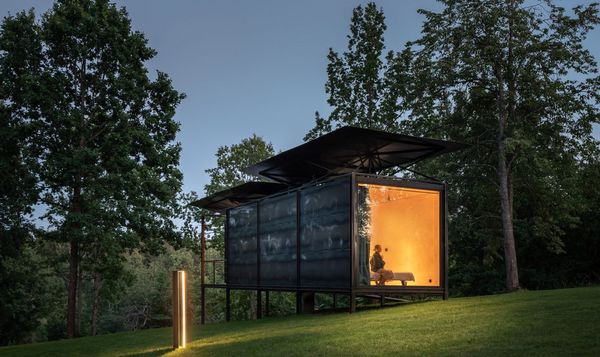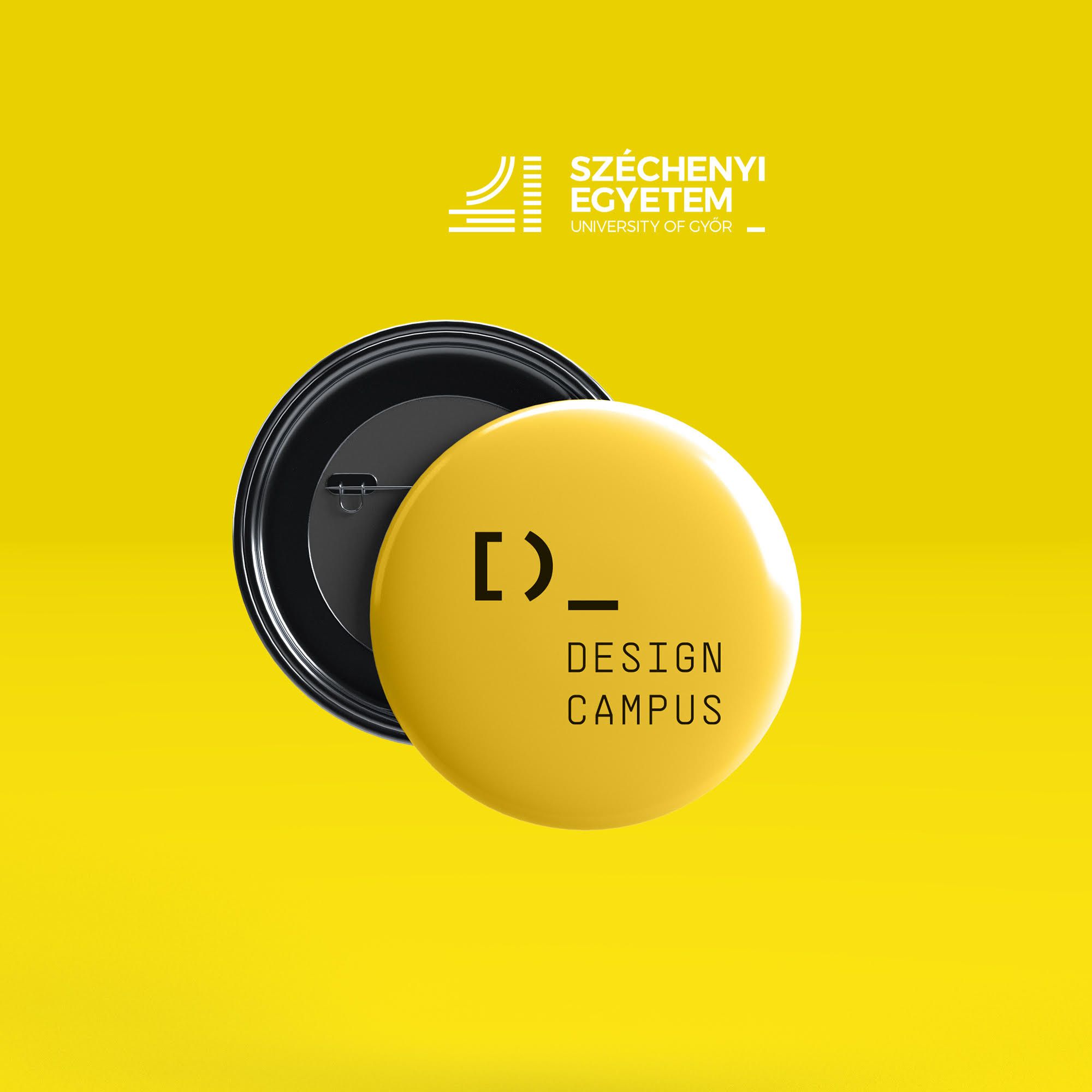A Design Campus has been established at the Faculty of Arts of Széchenyi István University in Győr with new programs and a design-related creative industry hub. Interested students can apply to three BA and three MA courses until February 15.
In the more than five decades since its foundation, Széchenyi István University has always strived to contribute to the development of the country and the region by implementing forward-looking and innovative projects. With its programs, researches and developments, it responds to the needs of the economy flexibly: a fresh example for this is the Scientific and Innovation Park erected in the place of the former biscuit factory in Győr, focusing on the design and creative industry closely linked to the automotive industry and architecture, which have long been hallmarks of the university’s activity, in addition to other fields. The Design Campus established at the Faculty of Arts will further enhance this activity of the university by augmenting and completing the scientific and educational palette through its connection to several existing departments and programs.
What does design mean today? What will be the city, the home, the workplace and transportation of the future like? And what about its virtual environment? What objects and images will we see day by day? Our environment and, within it, our life is continuously changing, therefore willingness to experiment, openness, flexibility, a problem-solving mindset and an innovative attitude will be equally important for all designers.
The Faculty of Arts of Széchenyi István University launches new bachelor’s and master’s programs led by internationally recognized arts teachers, experienced professors and young talents for students interested in architectural design, industrial design and graphic design from September this year. Students have until February 15 to apply in the framework of the regular higher education admission process, via the felvi.hu platform. The goal of the design programs is to lay the foundations for a design university that represents everything manifested by design in the world today in several facets all at once. The three facets are space, object and image, that is architectural design, industrial design and graphic design. In addition to training creatives working on various fields of design, the Design Campus established recently at the faculty also serves as the creative industry hub of the university.
Besides being the regional center of the new courses and the creative industry hub underway, the Design Campus also intends to be a key actor in the innovation-related, cultural and art-focused relationships established with the cities of Ljubljana, Graz, Linz, Vienna, Bratislava, Košice, Zalaegerszeg, Szombathely, Sopron, Veszprém and Székesfehérvár. Győr is an ideal location for new, progressive design courses: the new programs are not only integrated into an important industrial and cultural center, but also into the life of a dynamically evolving, diverse university.
Today, Széchenyi István University pursues its educational-research activity on a total of eleven fields, encompassing an extremely broad spectrum ranging from technical studies, IT and economics, through law, health, sports, social and food science to pedagogy and arts. The goal is to realize a university that is competitive also on a European level, which develops its further educational and research fields by focusing on the economy of the region. The foundations for this goal will be provided by the scientific basis and the model change, expected to result in stability, financial strength and better predictability. The new design programs, which can not only add special quality, creativity and beauty to the existing diversity but may also strengthen interdisciplinarity with their connection to other fields of science—including the automotive industry, information technology or architecture—are integrated into this process.
The visual identity of the Design Campus was designed by graphic artist Ferenc Kassai. The professors of the Design Department are internationally acknowledged creators of architectural design, industrial design and graphic design.
Széchenyi István University Design Campus | Web | Facebook
Source: Press release

A cabin made of metal sheets | ŠA Atelier

Monument in a First World War cemetery | Banská Bystrica, Slovakia










